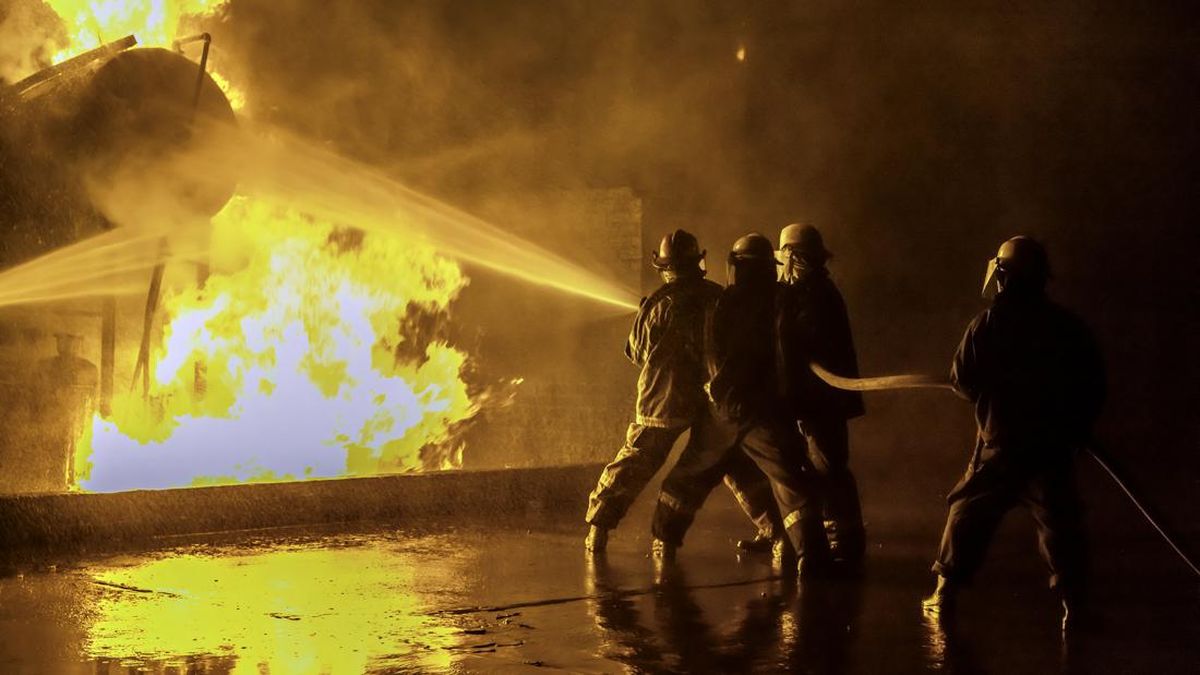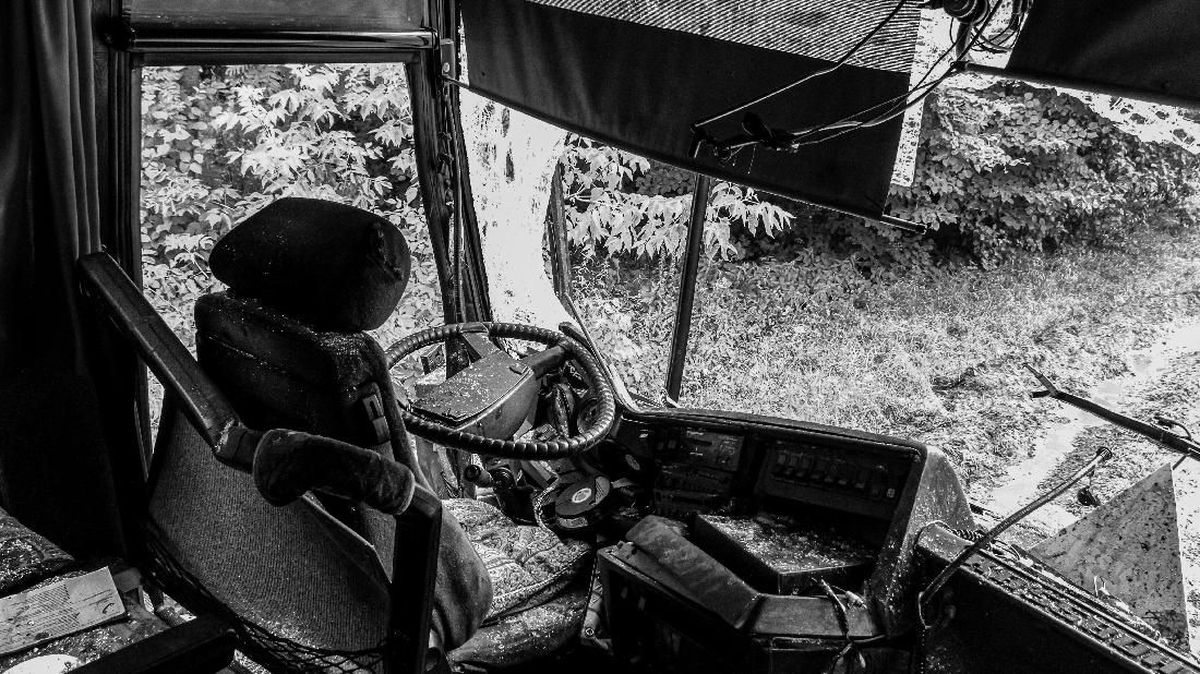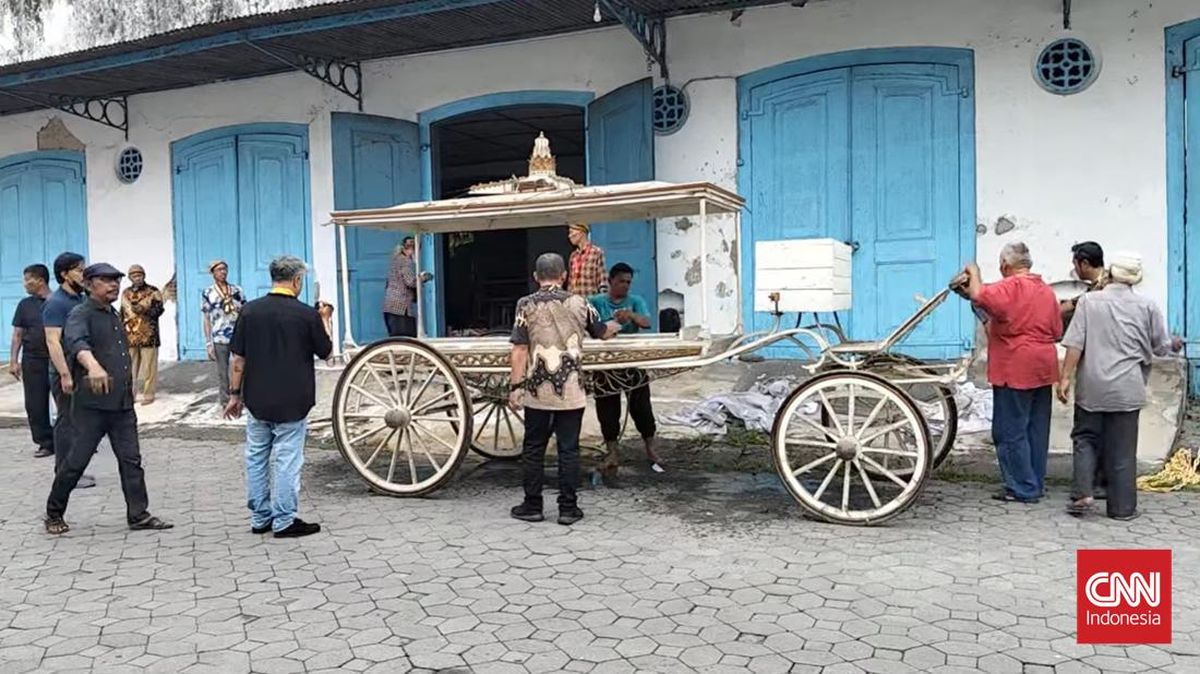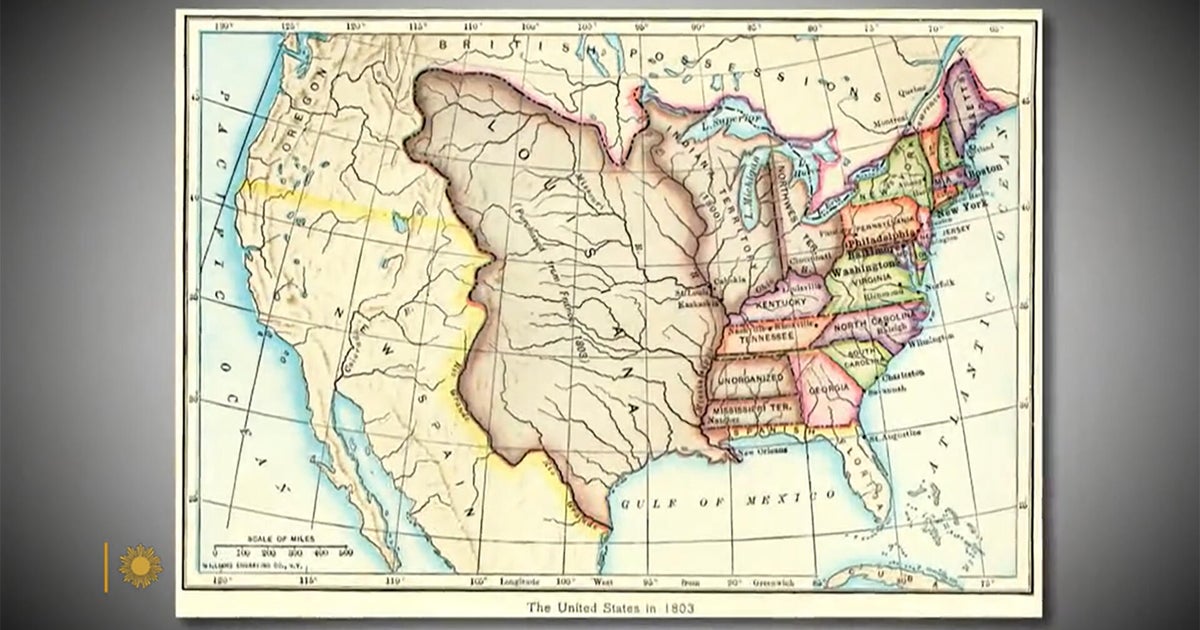19 June 1943, Hintok, pale riders
It has come. Weary stares at a sick man lying in front of him now. An uneasy group of soldiers are staring at him in turn, wondering just why their evening sick parade has stopped so suddenly.
Private R. H. Harris of S Battalion has just been carried in on an improvised stretcher. His exhausted mates report that while he had worked in the morning, he had shown no interest in lunch, and was so sick afterwards he had been allowed to lie down. In the time since he has been hurling up so much vomit and hurtling so much excrement the poor bastard must be empty. He certainly looks that way.
After just one glance, Weary feels the cold clutch of fear grip his heart. Harris is nothing less than grey, is clearly totally dehydrated and has next to no pulse.

POW Ray Parkin’s sketch, “Two Malarias and a Cholera”, Hintok, July 1943.Credit: Courtesy of the Parkin Family
“Cyanosed, shrunken, ‘washerwoman’s fingers’,” Weary records. “He was speechless, but on questioning indicated severe pains in stomach and cramp in back of legs. Despite his pitiable condition he was quite conscious.” There is no way around it. “Diagnosed cholera...”
CHOLERA!
Weary barks orders. Get him isolated at once! Stay clear of what he is putting out. Wash your hands. With no doubt about the inevitable result and its implications, Weary rushes through the rain to the camp’s Japanese HQ where, as ever, ’neath the thick plumes of tobacco smoke, an intense game of mahjong is underway. Weary only has to say one word, and watch the immediate consternation unfold.
“CHOLERA!”
The mahjong table is not overturned, but it is close. The Black Prince, Usuki, tries to keep playing the game upon hearing the news, but keeps knocking the pieces over. He is shaking.
“This was the one good thing in the whole affair,” Weary notes. “I felt like a small boy with a big cracker in the classroom or even an anarchist with a concealed smoking bomb at a Woman’s Christian Temperance Union meeting.”

The canvas tent cholera hospital painted by POW Jack Chalker.Credit: Jack Chalker/Australian War Memorial
Quickly, Weary establishes a canvas hospital separate from the rest of the camp, which becomes known as “Cholera Gulch”. With great ingenuity, the Australians start boiling 44-gallon drums of water, to which salt is added, and a rough saline solution is administered to victims, via sharpened bamboo cannulas. Weary notices that, often, surprisingly, it is the older men who survive.
The fight offered by some is extraordinary. One of them, a bloke from Melbourne by the name of Scotty, is a case in point. “His skull was about the size of a walnut, and he never lost his spirit.”
And this is despite the fact that on three occasions he is placed on what has become the “dying bed” right at the end of the tent, where men who have clearly not got long are laid to shuffle off their mortal coil without disturbing the others.
Each time he is placed there, Scotty rasps out to the orderlies who’ve put him down: “Look, no good your boss bringing me out here. I’m coming back.”
And he bloody well does, too, at least this time. Others?
Well, others just don’t have it in them to fight, and Weary must find it in himself, in his own energies, to do everything possible to keep their hearts beating, long after just about everything else has shut down, in the hope they will pull through.

Caring for men in a cholera tent.Credit: Jack Chalker/Australian War Museum
As it happens, July 19, 1943 sets a new record for Cholera Gulch as no fewer than 17 new cases are admitted, to go with the 30 already under their care.
“[This] night,” Weary will describe the scene, “the place deserves a circle in Dante’s inferno. Extremely low, inferior [Nippon] tents, all leaking. Patients lie on rough bamboo bedding a few inches off the muddy floor and one works bent almost double. The only light ... is the fitful flicker of crude oil lamps improvised by wicks of fibrous materials suspended in condensed milk tins of oil.”
That constant retching you can hear, in tandem with the stench? “Patients vomit in gushing fashion into bamboo containers and indeed often all over the place. The orderlies have made little bed pans out of cut-down tins placed in little wooden boxes but, of course, nothing can deal entirely with the gushing faecal contamination. With these intolerable cramps and abdominal pains and delirium there can be no silence and the air is full of groans, cries for relief and curses in weak, husky voices.”
Men who he had seen walking around just yesterday, before contracting the cholera, now look “dreadfully emaciated and unrecognisable”.
The hours crawl by; the dead are carried out. One ... two ... three … four ... And this bloke? Can he be kept alive, as crook as he is with cholera? He’d been brought in only hours before apologising to the stretcher-bearers for the trouble he was putting them to.

Cholera Gulch, the camp hospital on the Thai-Burma Railway. On the right is a bamboo operating table.Credit: Fairfax Media
He is Able Seaman Bob Costin, and he is just 22, a young sailor who had survived the sinking of Perth, and everything since, whose only desire is to get back to Australia. For, you must understand, Colonel Dunlop, sir. He and his bride in white had been so happy on their wedding day, only for him to be rounded up by the navy straight after the ceremony, and obliged to return to Perth, without even consummating the marriage. And the very last letter concerning his wife, Maud – just before Perth had been sunk – had been from her father saying that Maudie had been rushed to hospital for emergency surgery, and it was going to be touch and go whether she’d even live. Right now, he does not know if he is a husband or a widower.
Loading
And now, this? He is pouring his life out from every orifice, getting weaker by the hour. As the night wears on, Weary does everything he can to help him, even as Costin fades before his eyes. You will get through this, young man, get back to her – for she is surely still alive – and live your life together. But you have to fight, have to hold on! But nothing helps as, finally, the young Melburnian has just had enough. And Maudie is probably dead anyway. He might as well join her.
“I was trying to give an intravenous feed,” Weary will recount, “and he just pulled it out and turned his face to the wall of the tent.” Weary unleashes. “You’re going to die like a yellow rat!” he roars with sudden venom. “People are fighting to save your life and exposing ourselves to risks of giving up their food in order to help you and you die like a yellow rat.”
Alas, though the young man musters just enough energy to turn back to the doctor to hear his speech, it has no overall effect. When the cannula is put in one more time, the young man pulls it out again, this time saying, “I want Mum”. Enough.
“Now just sit back, Weary says gently, “and your mum will be able to see you shortly”. Two hours later, he is dead.

Sir Edward “Weary” Dunlop on Anzac Day 1991 at the Kanchanaburi cemetery, where the remains of Able Seaman Bob Costin rest.Credit: Robert Pearce/Fairfax Media
As Able Seaman Costin is carried to the fiery flames of the pyre, his body is so emaciated it barely makes the bamboo stretcher squeak. Just hours after he has gone up in smoke, the three letters that had arrived for him just as he had become sick are opened. They are from Maud, she is alive and well, loves him, is sure he will get through, and can’t wait to welcome him home to Melbourne. Christ.
For his part, Weary can barely register the tragedy of it all, amid so much more dark tragedy going on all around him – together with just the odd crack of light. For somewhere in the distance, Scotty can be heard rasp-roaring, at least as best he can: “Look, no good you bastards bringing me out here! I’m coming back!”
And so he did, surviving the war and getting back to his wife and three children.
An edited extract of The Courageous Life Of Weary Dunlop by Peter FitzSimons, was published this week.


















































